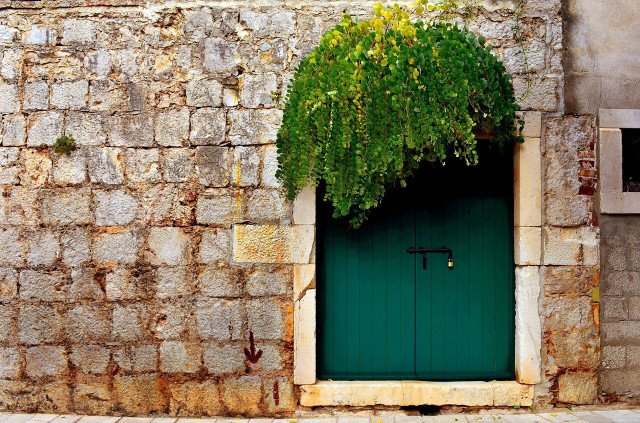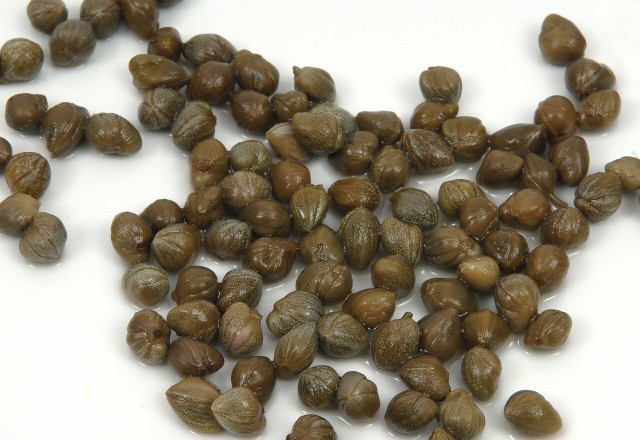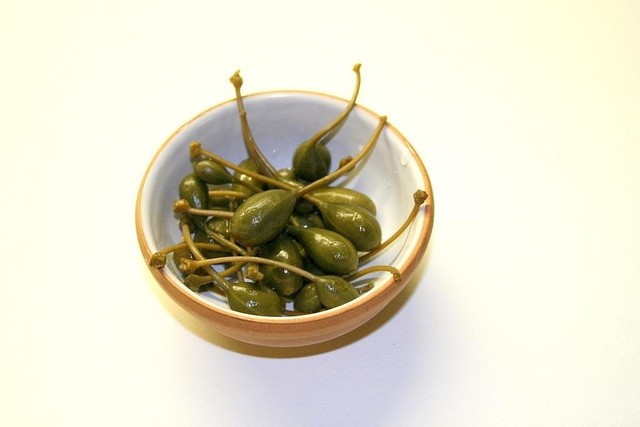If you want to plant capers, you can do it outside the Mediterranean climate zone. The caper shrub is popular because of its flowers and buds.
You can also plant capers outside their southern home. The caper shrub (Capparis spinosa) belongs to the caper family (Capparaceae) and originates from subtropical areas of Africa and Asia.
Capers are the closed buds of the shrub. As a delicacy, they are widespread in Europe, especially in the Mediterranean region. There, capers grow as a semi-shrub in dry, sunny regions.
If you want to plant capers in Europe, the choice of location and proper care are particularly important. We give you some useful tips.
The right location for capers

In this country, capers thrive best as a container plant. First choose a suitable location for the container before planting the capers. The caper shrub is adapted to a subtropical climate and prefers warm, dry and sunny places. It therefore thrives best in places protected from the weather. Suitable are for example:
- sheltered terraces
- winter gardens
- dry walls
- pots on the balcony
The caper shrub forms branches up to one meter long, which lean towards the ground. Capers therefore tend to grow close to the ground or can be cultivated as hanging plants.
In addition to the location, also pay attention to the right soil composition. Capers are best planted in a stony and sandy substrate with a small amount of humus. The shrub does not tolerate peat, which you should avoid anyway for environmental reasons. In addition, mix some sand and calcareous rock with your soil to get the right substrate for the caper shrub.
How to plant capers
To grow a young caper shrub in a container, you will need:
- Bucket
- Shovel
- water
- soil (sandy, calcareous substrate)
Before you plant the capers, first choose a suitable location for the shrub. Then proceed as follows:
- Fill a tub with the appropriate planting substrate. You can buy the substrate at a garden center. Alternatively, you can mix it yourself from sand, calcareous rock and garden soil.
- Dig a hole in the ground with a shovel. The hole should have one and a half times the volume of the root ball.
- Gently place the caper plant in the container. The shrub may sit a little deeper in the soil than in the seed pot. This will ensure that it grows well.
- Cover the roots with soil until the hole is completely filled.
- Press the soil lightly.
- Water the caper shrub with water. The soil should always be only slightly moist, as capers are adapted to dry conditions and cannot tolerate waterlogging.
- Capers are very sensitive to injury to their roots. Therefore, proceed very carefully when planting.
Tip: Always plan for good drainage when planting capers. This way you avoid waterlogging and persistent moisture.
Care capers

After you have planted the capers, you should follow some tips for their care.
- Watering: Capers do not like it when their roots are constantly wet. Therefore, wait until the soil in the pot is almost dry and then water it once abundantly. In winter, the shrub needs even less water. Moisten the soil then only minimally.
- Fertilizing: The caper shrub is absolutely not dependent on fertilizer. It is sufficient if the soil is calcareous. If necessary, you can enrich it with some liquid fertilizer in spring. Read also: Fertilizer for plants: Do it yourself, all natural.
- Repotting: After planting, capers are very sensitive to repotting and possible damage to the roots. Since the shrub grows very slowly, it is sufficient if you repot the capers every few years.
- Wintering: As a subtropical, Mediterranean plant, the caper shrub is not hardy. It must therefore be overwintered in a dry, bright place at five to 12 degrees Celsius.
- Harvest: capers are not the fruit of the plant, but the closed flower buds. The flowering period of capers ranges from July to August. Harvest the buds in the spring before they open and bloom. Capers are picked by hand and should dry for a day after harvest. After that, you can pickle and use them.
Use capers

The rule of thumb for capers is: the smaller, the more aromatic the taste. Caper buds are known as tapas, especially in Southern Europe. As a garnish, capers are usually used as a condiment with some acidity.
For example, pickle the capers in a vinegar-salt solution. Be inspired by our recipe for wild garlic capers. You can do the same with Mediterranean capers as you do with wild garlic buds.
Other kitchen classics that use capers include spaghetti alla puttanesca and various tapenands.
Be careful not to cook the capers with hot dishes. They will lose their aroma. Always add them at the end of the meal.
Tip: Capers pickled in vinegar and salt can change the taste of a dish. Therefore, taste the capers beforehand and wash them with clean water as needed.

